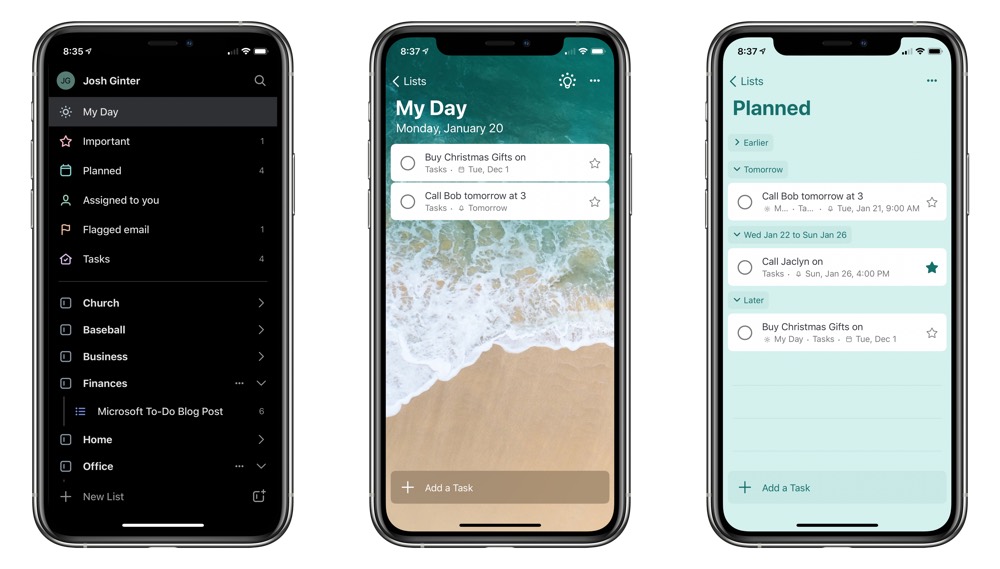

Since its humble beginnings of syncing a single AD to a single Azure AD tenant, Azure AD Connect’s capabilities have expanded significantly. It only requires an outbound HTTPS connection to Microsoft 365 servers. This is known as hybrid identity.Īzure AD Connect is installed on an on-premises domain-joined server and is even supported to be installed on a domain controller. While MIM can be expensive and bridges multiple authoritative directories, Azure AD Connect is free and purpose-built to bridge Active Directory with Azure Active Directory.

MIM is the sixth generation of Microsoft identity management solutions since they bought two similar technologies in 19. It is based on Microsoft Identity Manager (MIM), which is used to bridge multiple on-premises authoritative systems and authentication stores. Azure AD ConnectĪzure AD Connect has a long and storied past. Both Azure AD Connect and Azure AD Connect Cloud Sync synchronize and link objects from AD to Azure AD and synchronize password hashes (not passwords) to maintain a single sign-on experience. Most organizations want to use their existing on-premises accounts rather than create new accounts and manage different passwords. When an on-premises organization decides to use Microsoft 365, it needs a way to bring those on-premises accounts into Azure AD to use the new cloud services like Exchange Online, Teams, SharePoint Online, etc. The domain provides a way to centrally manage accounts, passwords, policies, and permissions on-premises. This directory is usually the source of authority for all users, groups, and computers in a Windows domain. Most organizations run Active Directory on-premises. What is Azure AD Sync, and Why Do I Need It?

Security Considerations for Protecting Access to Azure AD Connect and Azure AD Connect Cloud Sync.

What is Azure AD Sync, and Why Do I Need It?.


 0 kommentar(er)
0 kommentar(er)
